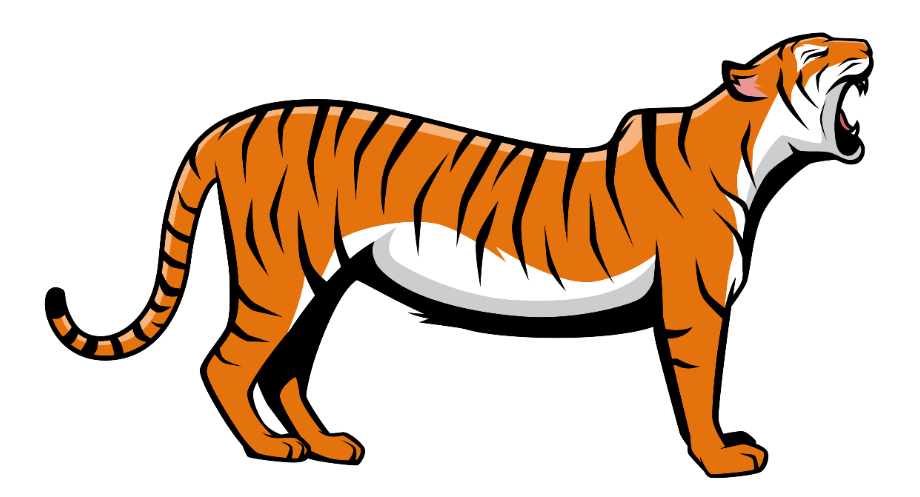
Gumline Recession
Nose Pigmentation
Tooth Eruption
Size
Wear & Coloration
Body Characterisitcs
Our Approach
Our technique involves looking at the tiger's body size, body characteristics, teeth eruption, wear and coloration, gum line recession, and nose pigmentation to determine its age and place it in one of six categories: cubs (less than 12 months), juveniles (1-2 years), sub-adults (2-3 years), young-adults (3-5 years), prime-adults (5-10 years), and old-adults (over 10 years).
Tigers often yawn when in proximity to people in a non-confrontational manner, as a means to intimidate. This helps to closely observe teeth condition and gum-line recession with binoculars or telelens photographs. Teeth eruption, wear and coloration as well as gum line recession are highly correlated with the age of the tiger.


































